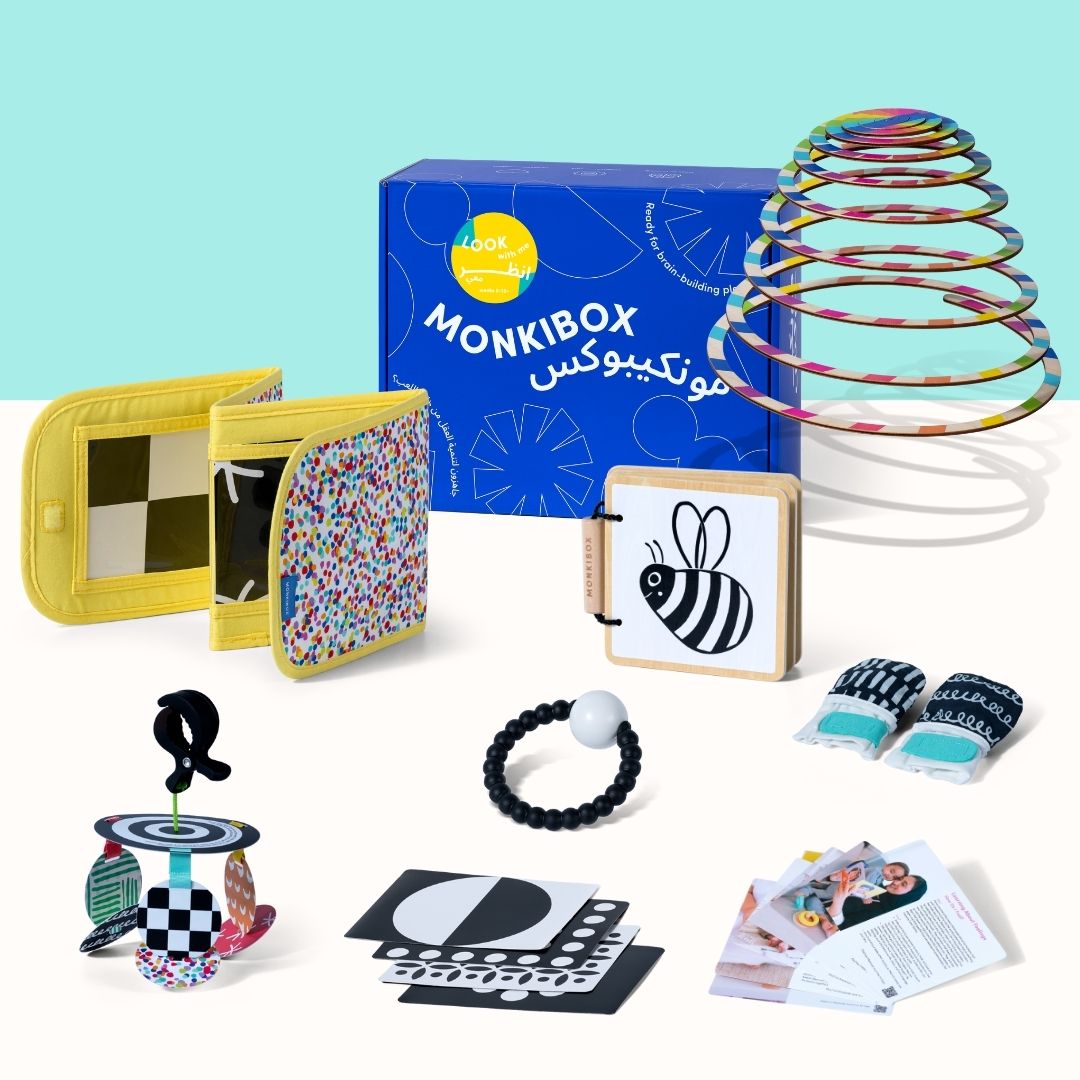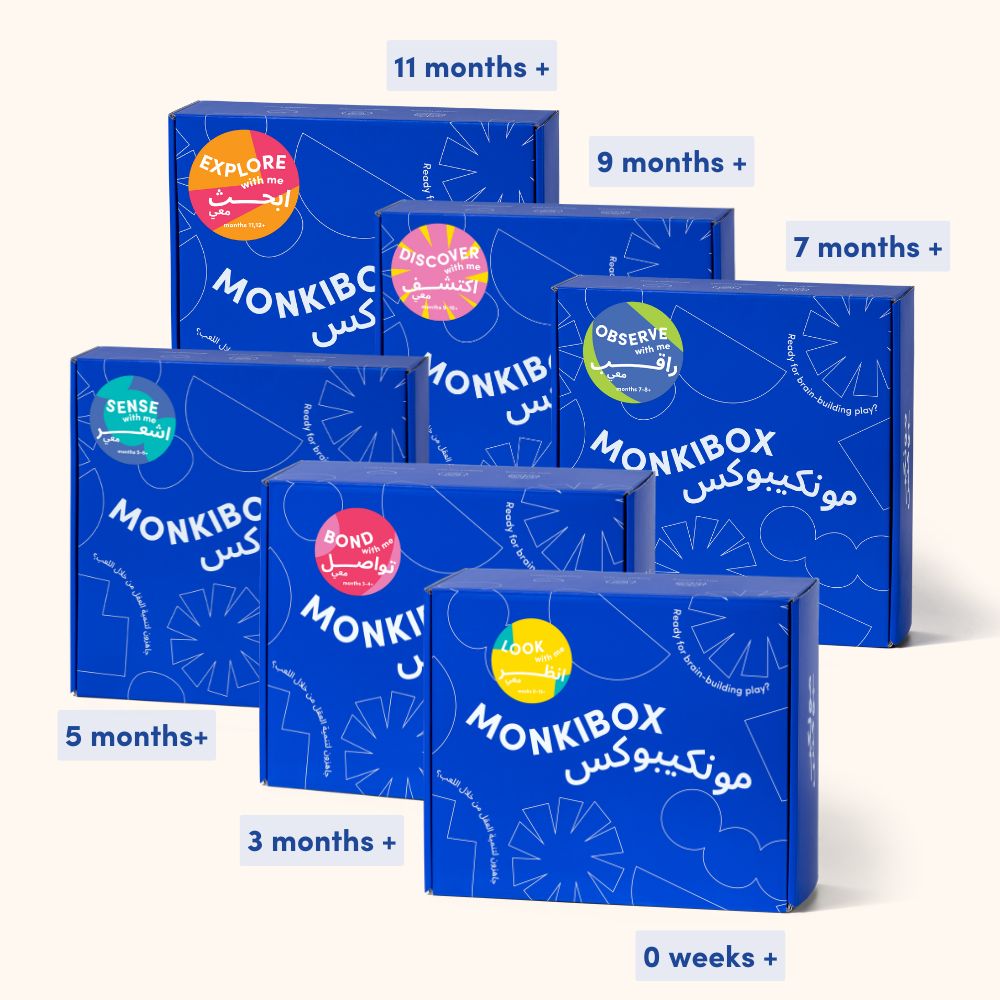One of the many milestones parents look forward to is your baby’s first word. Of course, it might have been saying “mama” and “dada” for some time now, but speaking with intent isn’t something your baby will do for another couple of months.
But don’t think your baby cannot communicate because they can’t produce understandable words yet. Your baby comprehends much more than you know and is eager to share their needs. This is one of the reasons why we love teaching babies sign language... but is it something you should do?
That is, of course, a personal preference. It takes some patience and a lot of practice, but it can be gratifying when your baby uses signs to communicate with you.
Here are some commonly asked questions and our tips for introducing sign language.
Will it affect your baby’s ability to speak or delay their speech?
On the contrary, research suggests that sign language stimulates babies to learn how to speak, speeds up speech development, reduces frustration by giving them the means to express themselves before they know how to talk, increases parent-child bonding, and lets babies communicate. But, you should never use sign language without talking to your baby, so they can benefit from hearing speech and learning the sign associated.
When do you start?
Some parents start as early as their child is sitting and show slight signs of communication needs. Around eight to nine months, you might notice your baby waving or pointing. That indicates they want to connect a gesture or action, a word, and an event. This is an excellent time to start taking it seriously, but some families might choose to start earlier.
Do I need to know sign language to teach my baby? What if there are multiple languages at home?
You can learn ones that make sense to you and your little ones and can be used everday. For example, more, all-done, I love you are good ones to start with. Also, the goal is not just for your child to only use it, but you’re using it also. Sign language can be a tool as much for your child as you to understand their needs. Baby sign language is modified, and won’t be the same as any official sign language (unless your baby grows up within the deaf community). Baby Sign Language adapts ASL signs and isolates them without the grammar. Signs can vary from culture to culture; as long as the signs you have created are consistent, and stay the same with the same purpose, they will be acceptable to use. It might also help teach your particular language to other caregivers so they can communicate with your baby.
Top tips to get started:
- Start with a few signs to help your baby express his everyday needs, like more, all-done, and thirsty.
- Repetition is critical, so use the same sign every time you say the word.
- Start with signs that only require one hand, like tapping your belly for hungry or rubbing your eye for tiredness.
- Use sign language within the correct context, e.g., “hungry” before each meal or “more” after having something to drink, all done with their meal or a toy.
- Stay patient! Just as your baby will gradually add more spoken words to their vocabulary, so will they gradually learn more signs and how to use them.
Start the development journey with MonkiBox. Montessori-inspired toys are designed to give your child the best start.





